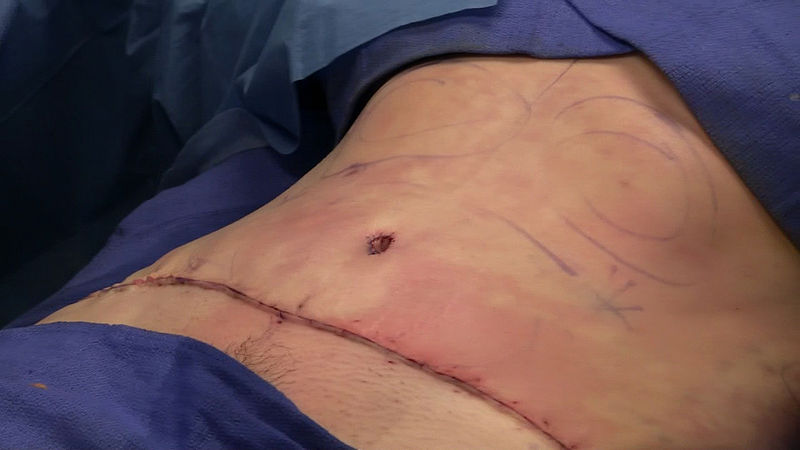Knowing how to tell if you have dry socket after wisdom tooth removal is essential for your post-surgical care. This guide will walk you through the signs and symptoms, and how to diagnose and manage this common, yet treatable, condition.

Table of Contents
Understanding Dry Socket
Dry socket occurs when the blood clot at the site of a tooth extraction becomes dislodged or dissolves, leaving the bone and nerves exposed. It is a painful condition that can lead to complications if left untreated. Here’s what you need to know:
Causes: Smoking, poor oral hygiene, use of a straw, or excessive spitting after surgery.
Prevention: Following the dentist’s post-surgery instructions carefully can reduce the risk.
Treatment: Seek dental care promptly if you suspect a dry socket.
How to Tell If You Have Dry Socket After Wisdom Tooth Removal
Want to know how to tell if you have dry socket after wisdom tooth removal? Just follow these steps:
Step 1: Examine the Symptoms
Recognizing the signs of dry sockets is vital for timely treatment. Here’s how to identify the common symptoms:
Severe Pain: Often starting a day or two after surgery, the pain can radiate from the extraction site to the ear, eye, or neck. This is due to the exposed nerves in the socket.
Foul Odor or Taste: A bad smell or taste in your mouth can indicate an infection or the presence of food particles trapped in the empty socket.
Visible Bone: If the blood clot is dislodged, you may see the bone in the socket. This is a clear sign of dry socket and needs immediate attention.
If you notice any of these symptoms, don’t panic. Dry socket is treatable, but it requires prompt attention from a dental professional.
Source: Mayo Clinic
Step 2: Contact Your Dentist
If you suspect dry socket, it is critical to contact your dentist or oral surgeon right away. Explain your symptoms clearly, and they may ask you to come in for an appointment. Do not attempt to treat dry socket yourself, as improper handling can cause further complications.
Be ready to provide details about your pain level, when the symptoms started, and any other concerns you may have. Your dentist knows your specific situation and can guide you on the next steps.
Check out these other related articles…
Yellow Skin After Wisdom Teeth Surgery: 2 Causes & Solutions
How to Avoid Dry Socket After Wisdom Tooth Removal
Can Wisdom Teeth Cause Skin Problems? Unraveling the Mystery
How to Heal Dry Socket After Wisdom Teeth: Easy Guide
Is Extraction Good for Your Skin? Uncover the Truth Now
Step 3: Follow Treatment Recommendations
Your dental professional will likely schedule an appointment to assess the situation and determine the best treatment plan. Here’s what to expect:
Medications: They may prescribe pain relievers or antibiotics to manage pain and prevent infection.
Socket Cleaning and Dressing: The dentist might clean the socket to remove debris and apply a medicated dressing to protect the area and promote healing. This procedure is usually done under local anesthesia.
Home Care: You will receive specific instructions for home care, such as rinsing with a saline solution, avoiding certain foods, and practicing gentle oral hygiene to avoid disturbing the socket.
Following the dentist’s instructions exactly is essential for a successful recovery.
Source: WebMD
Step 4: Monitor Your Recovery
After the treatment, it’s crucial to monitor your recovery closely:
Follow-Up Appointments: Attend any scheduled follow-up appointments to ensure proper healing.
Report Changes: If you notice any changes or have concerns, contact your dentist promptly. Early intervention can prevent further issues.
Maintain Oral Hygiene: Continue with gentle cleaning around the affected area and follow the prescribed home care routine.
Avoid Certain Activities: Steer clear of smoking, drinking through a straw, or anything else that could disturb the socket.
Your active participation in the recovery process plays a key role in healing without complications.
Wisdom tooth removal can affect the skin. Therefore, we recommend you read this article: Skin After Extractions [Care/Problems & Remedies] to learn how to care for your skin after extractions.

